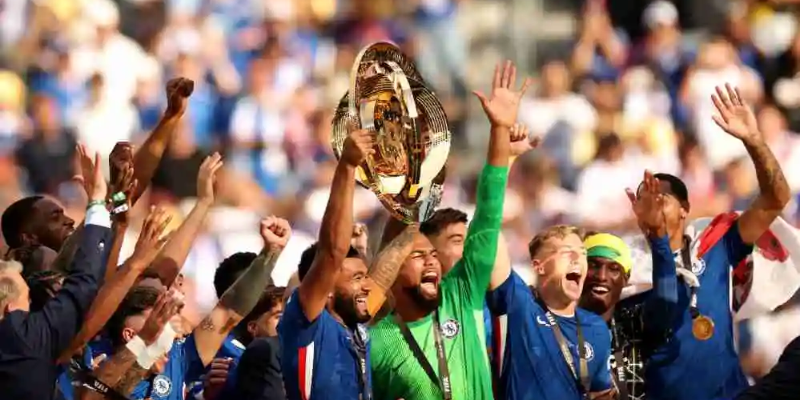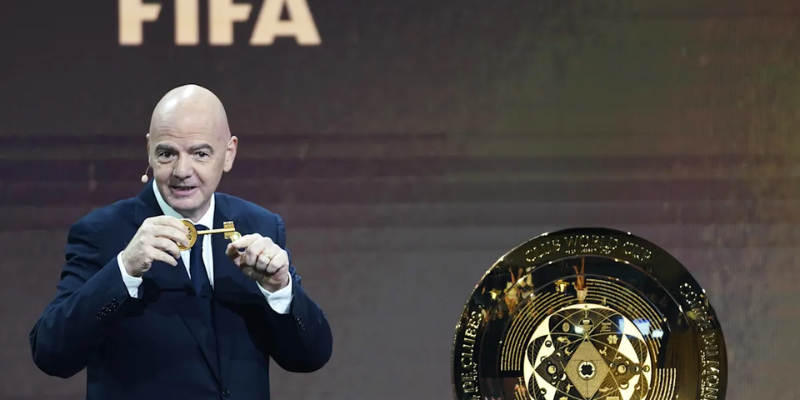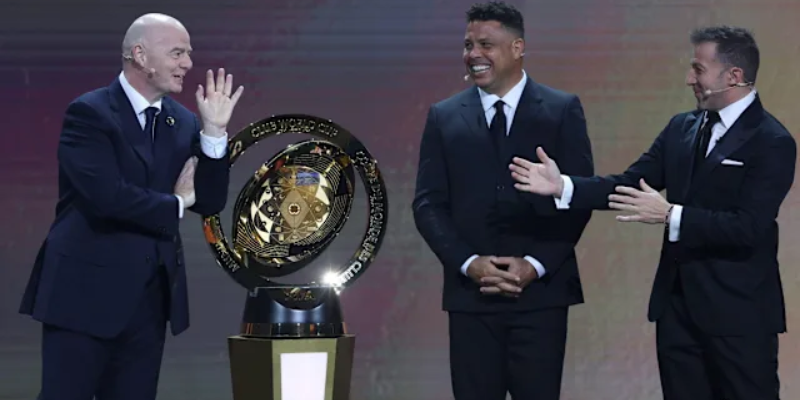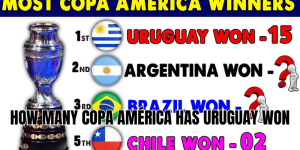Many asked: was Club World Cup a flop? JeansPitch believes the answer isn’t a simple yes or no. The 2025 edition of FIFA’s expanded Club World Cup shows flashes of success and glaring shortcomings. In this article we’ll dig into attendance, finances, fan reception, structure and overall impact — so you can judge for yourself whether this tournament lived up to the hype or fell short.
What was expected vs what happened

Before the 2025 Club World Cup kicked off, expectations were sky-high. It was expanded to 32 clubs, intended to be a showcase of global club football, a revenue machine, and a warmup to the 2026 World Cup in North America. Organizers promised packed stadiums, giant global viewership, and massive commercial deals.
What actually happened: mixed results. Some games drew huge crowds (80,000+), while many others had embarrassingly low turnout. Ticket pricing proved controversial. Viewership numbers were strong by some metrics. The commercial side pulled through in parts, but fan engagement was uneven. So: yes, there were clear flaws — but to call the entire event a flop ignores what did work.
Attendance and fan engagement

Fan presence was one of the biggest sore points — both the highs and the painful lows.
- Large crowds and marquee matchups: For example, Paris Saint-Germain vs Atlético Madrid pulled over 80,000 at the Rose Bowl. The final between Chelsea and PSG in New Jersey saw about 81,118 in attendance.
- Low turnout in many matches: Some group-stage games drew fewer than 5,000 people. One match listed official attendance of ~3,400 despite a much larger stadium. Many other matches were well under half-capacity. lobalData)
- Factors hurting attendance:
- Ticket prices: Some tickets were priced so high (finals, marquee games) that many fans balked. FIFA later reduced prices.
- Venue size vs interest: Many stadiums in U.S. are massive; many matches did not attract enough fans to fill even half.
- Scheduling & location: Midday matches, weekday fixtures, less local interest outside big-cities or for lesser-known clubs hurt turnout. Travel, climate, and timing were also issues.
- Average attendance & tickets sold: Over the course of the tournament, total attendance was about 2.49 million with average ~39,547. FIFA also reported ~2,009,825 tickets sold and an average around 36,000.
So: fan engagement was inconsistent. Big names pulled strong numbers. Lesser matches were often ghost towns. That inconsistency affects whether fans think the tournament delivered.
Financial & media outcomes

Even if stadiums were half-empty in many cases, financially the event was not a disaster. Some metrics point to strong commercial success. JeansPitch here will break down the money side.
- Revenue & sponsorship: The broadcast deal with DAZN was reported to be worth ~$1 billion globally. Sponsorship revenue was strong, ~$174.5 million.
- Profit & reach: Preliminary figures say global audience engagement reached ~2.7 billion across media platforms. Also, reports claim the tournament achieved profits in the billions.
- Prize money & payouts: The prize pool was huge; the winner got tens of millions, all participating clubs were guaranteed sizable sums. This shows FIFA aimed to make it worth the risk for big and smaller clubs alike. kipedia)
So financially, the event may have “won” in terms of revenue and broadcast deals. But revenue doesn’t always translate to fans’ satisfaction, prestige, or long-term brand strength.
Key criticisms & why many say flop
Here’s why a lot of people believe Club World Cup was a flop — the negative side is loud for reasons that go beyond empty seats.
- Perception of artificiality / lack of tradition
- The tournament was freshly expanded. Many of the matchups had no history or rivalry. Fans often care deeply about tradition, rivalries, meaning — and sometimes “just another tournament” feels thin.
- Ticket pricing debacle
- Dynamic pricing pushed some matches’ prices very high initially. After sluggish demand, FIFA slashed prices but damage to goodwill had begun. Many felt that initial pricing didn’t match perceived value.
- Empty or underfilled stadiums
- Seeing wide swathes of empty seats in huge venues carries a negative image. It gives the sense of failure, even if many seats were sold or people turned up. Visuals matter.
- Fan relevance & local interest
- Outside the major clubs and big name players, many clubs had limited followings, especially in U.S. cities without direct ties. Local promotion, awareness, or fan base for some teams was weak. That hurts attendance and atmosphere.
- Mismatch in expectations
- Broadcasters, sponsors and FIFA may measure success through revenue and audience numbers. Fans often measure by atmosphere, competition quality, relevance. The gap between what was promised (packed stadiums, global prestige) vs what was delivered (patchy crowds, mixed reactions) created criticism.
Aspects that went well
To be fair, there were positives. JeansPitch recognizes that itsn’t all failure — and some “successes” may point the way forward.
- Big-game draws: Matches featuring PSG, Chelsea, etc., with big stars like Messi, brought high attendance and media hype. The Rose Bowl and the Hard Rock Stadium saw major turn-outs.
- Global viewership: 2.7 billion audience reach is nothing to sneeze at. For digital platforms and broadcast partners, that’s a major achievement. side FIFA)
- Strong commercial deals: Broadcasting rights, sponsorships, and prize money have raised the profile and finances of clubs involved. For those clubs, especially outside Europe, participation likely brought financial benefits.
- Proof of concept for expansion: The expanded format got a full test. It revealed what works, what doesn’t. FIFA and others now have data on how fans react, where interest lies, what scheduling/pricing problems need solving.
So, was Club World Cup a flop?
JeansPitch’s verdict: no — at least not entirely. But yes — it seriously underdelivered in several critical dimensions.
It wasn’t a total flop: global reach, broadcast deals, and high-profile matches showed that there is appetite. Financial outcomes seem decent. But it was flawed: mismatched expectations, inconsistent fan attendance, pricing missteps, and some structural issues made many believe it missed its shot.
In short: a flawed success. It has potential, but only if the lessons.
What needs fixing for the future
If FIFA wants to turn perception around before the next iterations, here are changes that matter:
- More sensible ticket pricing, especially for lesser matches. Ensure value for fans locally.
- Better match scheduling & location planning: avoid midweek kickoff times in hot weather; pick venues closer to big fan bases; avoid over-zooming stadium size where even good attendance looks sparse.
- Build “storylines” & competition meaning: ensure more rivalries, perhaps better seeding, ensure participation by top continental winners is credible.
- Improve marketing and local engagement; promote the smaller clubs, not just the “headliners.”
- Enhance fan experience in stadiums and digitally to create buzz, atmosphere, authenticity.
Comparison with previous & other tournaments
It helps to compare to see if “2025 Club World Cup” really stands out as a flop.
- Many established leagues like Premier League, La Liga, Bundesliga have average attendances of 30,000-60,000, depending on stadium. The Club World Cup’s average attendance (~36,000) is similar. But visuals hurt when the stadium capacity is huge and unused.
- Previous formats of Club World Cup (smaller, with fewer teams) were often invisible in many parts of the globe. So expansion increased visibility, but exposed weakness in fan base and interest breadth.
- Other global tournaments (e.g. FIFA World Cup, Euros, Copa América) have different expectations: tradition, qualification stories, national identity. Clubs don’t always carry that.
Conclusion
Was Club World Cup a flop? Not entirely — but it came perilously close in many eyes. JeansPitch sees it as a mixed bag: a tournament with huge ambition and some measurable wins, but several execution issues that undercut its full potential.
If you’re a fan, what you get from 2025 is: spectacle in parts, hollow in others. For every game with roaring 80,000 at the Rose Bowl, there’s another in Orlando where the stadium feels half asleep. The commercial side looks promising, but football is more than numbers — it’s atmosphere, legacy, pride.
Now it’s your turn: What matters most to you — packed stadiums, competitive games, star power, or financial success? Would you call the Club World Cup a flop based on that priority? And if you’d change one thing for 2026 — what would it be? Let JeansPitch know your take — because what feels like success for some might feel like failure for many others.






